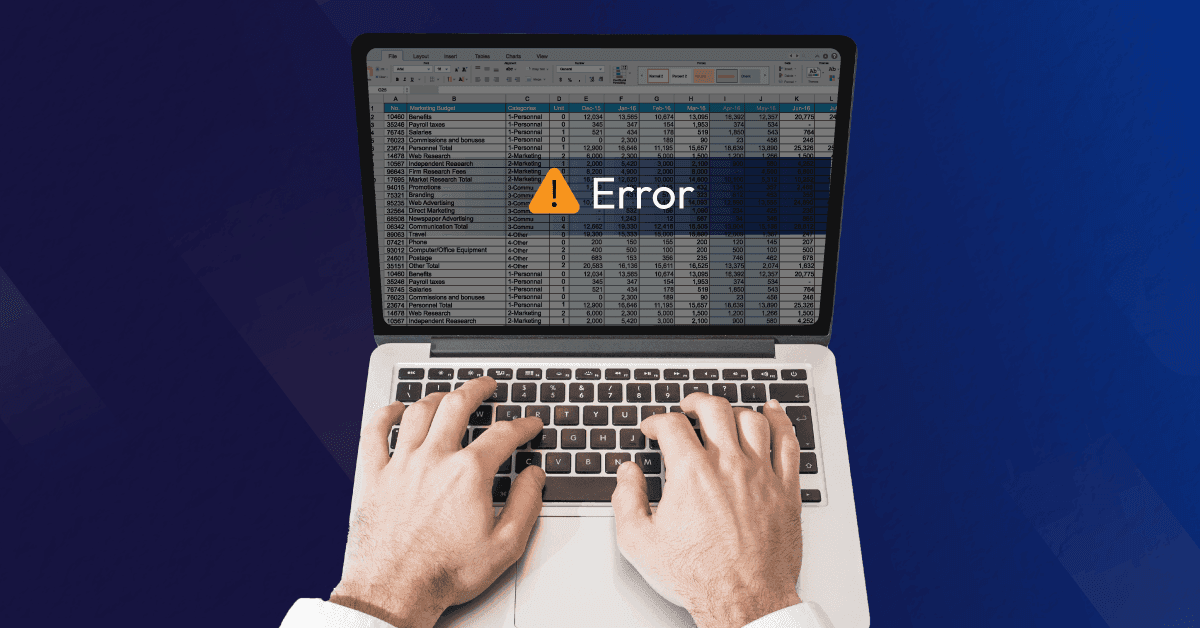Business owners and project managers often grapple with critical questions:
- How can we achieve better project outcomes?
- How do we utilize project resources wisely?
- How can we manage project budgets effectively?
These concerns are paramount for successful project delivery. Resources play a crucial role in projects, and managing them effectively can be challenging for managers. Inefficient resource allocation can lead to project delays, cost overruns, and other complications.
Efficient project resource management helps organizations plan and manage their workforce effectively, meet project goals per client expectations, and enhance overall business performance.
This comprehensive guide offers insights into project resource management and how it can help your organization achieve better results.
1. What is Project Resource Management?
Project resource management is the process of planning, scheduling, allocating, and managing resources such as people, equipment, and facilities efficiently for successful project completion. It enables organizations to improve employee productivity, optimize resource utilization, and drive overall profitability.
To illustrate this concept, consider a software development project:
The project begins with identifying the necessary resources, including software developers, testers, project managers, and tools like computers and software licenses. The project manager creates a detailed resource plan that outlines the specific roles and responsibilities, the timeline for each phase, and the required equipment. This plan ensures that each team member understands their tasks and deadlines.
During the development phase, the project manager allocates resources based on the project schedule, ensuring that team members are neither underutilized nor overburdened. By monitoring progress and resource utilization, the project manager can make adjustments to address any bottlenecks or issues. For instance, if a critical developer is pulled into another project, the manager might reassign tasks or bring in additional help to keep the project on track.
Effective resource management also involves continuous communication and coordination among team members. Regular check-ins and status meetings help the project manager identify and resolve issues promptly, ensuring that the project stays on schedule and within budget. By optimizing resource utilization and maintaining clear communication, the project manager can lead the team to successfully complete the software development project, delivering a high-quality product on time and within budget.
Now, let’s understand the benefits of project resource management.
2. Benefits of Effective Project Resource Management
According to a KPMG survey, 70% of projects fail.
While reasons for project failures include unclear goals, changing organizational priorities, and communication gaps, the lack of proper resource planning and management significantly contributes to project failure. Implementing an effective project resource management process offers several benefits:
2.1. Accurate Resource Estimation
Efficient project resource management helps managers assess the type, quantity, and quality of workers and skills required for various project tasks. This accurate estimation enables managers to perform demand vs. supply analysis and gauge whether the requisite skill sets are available internally. It provides ample time to acquire necessary resources before the project starts, eliminating last-minute scrambling for competent staff.
2.2. Equitable Workload Distribution
Project resource management provides visibility into workforce availability and bookings. This ensures that resources are not scheduled to work above their capacities. If employees are overburdened, managers can apply optimization techniques to revise schedules and ensure uniform workload distribution.
2.3. Reduced Project Resource Costs
A survey indicates that 55% of project managers cite budget overruns as a key factor contributing to project failure.
Project resource management provides a holistic view of resource attributes, helping managers allocate the best-fit employees to projects. Organizations can deploy cost-effective global resources and maintain a judicious mix of permanent/contingent and senior/junior staff with varied cost rates, helping to control project costs and deliver projects successfully.
2.4. Improved Employee Productivity
By foreseeing employee utilization, managers can identify resources working on low-priority or administrative activities. This allows for the reallocation of these resources to high-priority tasks, resulting in improved productivity and profitability.
2.5. Increased Project Success Rates
Effective project resource management ensures appropriate skill matching when assigning resources to tasks or projects. When employees with the right skills and competencies work on suitable projects, it helps meet project deadlines efficiently. Additionally, project resource management helps monitor and control resource-related risks, preventing project delays and cost overruns.
In the following section, we’ll discuss the best practices of project resource management
3. Best Practices to Improve Project Resource Management
To enhance your organization’s project resource management approach, consider implementing these effective techniques:
3.1. Obtain a Bird’s Eye View of the Workforce
A survey reveals that 94% of spreadsheets are error-prone.
Organizations relying on spreadsheets and legacy tools lack proper visibility of their resources, making it challenging for managers to identify and allocate suitable resources. Implement a system that provides a comprehensive view of the workforce across the organization, enabling managers to allocate resources based on skills, competencies, availability, experience, and other attributes.
3.2. Implement Out-Rotation & Backfill Strategy for Specialized Professionals
For niche-skilled resources that are in high demand, utilize out-rotation and backfill strategies. This approach allows managers to negotiate with project managers, rotate specialized resources between projects, and adequately replace them with matching skills, ensuring the timely start of new projects without disrupting existing ones.
3.4. Simplify the Process for Requesting Project Resources
Streamline the resource requisition workflow to avoid inefficiencies and communication gaps. Implement a robust project resource management system that allows efficient tracking of requests and facilitates proper allocation of resources to critical projects.
3.5. Maintain an Up-to-Date Skills Database
According to the RMI report, 60% of business owners stated that skills database capability in their organization was a pain point.
Leverage an efficient project resource management approach to maintain an up-to-date skills database. This ensures competent allocation, maintains the quality of deliverables, and enhances profitability.
3.6. Leverage Resource Smoothing and Leveling Techniques
Prevent resource overallocation by implementing resource smoothing and leveling optimization techniques. For projects with strict deadlines, apply resource smoothing by bringing in additional resources to share the workload. For assignments with flexible timelines, use leveling techniques to adjust start and end dates, ensuring uniform workload distribution and improved productivity.
3.7. Evaluate Resource Risks and Develop Mitigation Strategies
Anticipate resource risks such as shortages of niche-skilled employees, unplanned leaves, and attrition. Develop effective mitigation plans by reallocating resources from the existing pool based on availability and maintaining a balanced mix of permanent and contingent resources. This approach helps reduce resourcing costs and ensures timely project delivery.
4. Conclusion
People are an organization’s most valuable asset and the key to its success – Dave Bookbinder- Business valuation expert.
Human resources are the backbone of an organization, and they must be effectively and efficiently managed to deliver projects within the time and budget, maintaining quality standards. Thus, following the strategies mentioned above will help organizations improve their project resource management approach, thereby contributing to the business’s success.








